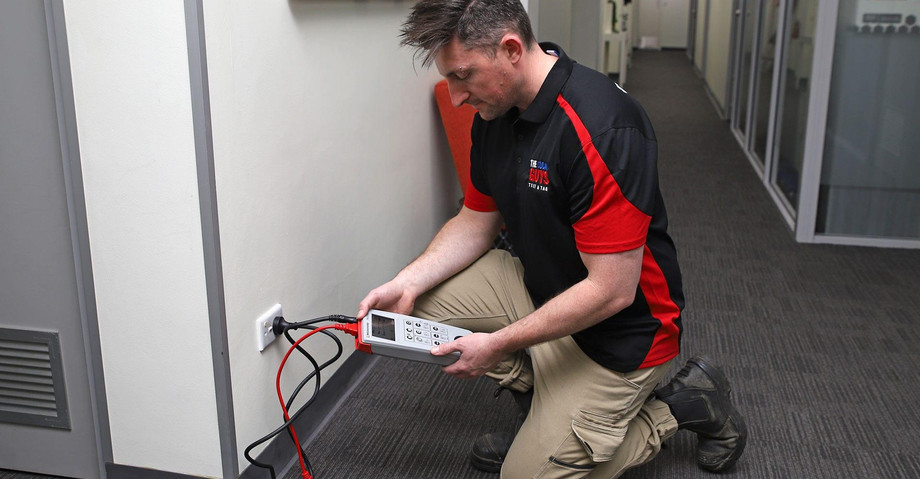Emergency Lighting Testing: When and How Should You Test Your Emergency Lights?
All places of work are needed to give acceptable means of escape, and these routes and exits need to be duly covered by exigency lighting so that they're visible indeed in a power cut. In the AU these conditions come under the Regulatory Reform (Fire Safety) Order 2005, which places a duty on the' Responsible Person 'to to ensure these measures are in place.
The nature and extent of exigency lighting will vary with different demesne, and the time that the lighting is needed to stay on for could be between one and three hours. The introductory function of this is so that there's enough lighting to get everyone safely out of the structure in an exigency, but the longer the lighting lasts the better. To ensure that the lighting is performing duly and suitable to last as long as it needs to, the exigency lighting system must be tested regularly. Some of the further ultramodern systems will be able of testing themselves, but the maturity of structures will have aged exigency lighting which requires homemade testing. How this is done will depend on the system in place, but the usual system is to use a special switch with a fishtail key to sparking the lighting.
The stylish way to organize your testing is to be methodical about it and keep an accurate record in a logbook. You should carry out different tests at regular intervals, daily, yearly, six yearly, and annually. Diurnal checking is recommended for demesne with maintained lighting ( exigency lights which stay on all the time). This just needs to be a visual check to ensure they're all working, and deal with any which are not. A yearly check should include cutting the power to all lighting, just to ensure that all non-maintained bulbs ( bones that only come on in a power cut) are working. However, you can do this through your fuse box, If you don't have a testing installation with a fish key.
Every six months it's a good idea to cut the power for at least one hour to ensure the batteries last long enough. At least formerly every time you have to carry out a full discharge test which involves cutting off the power and letting the entire system discharge. It's preferable to get a good electrical mastermind to do this and check the whole system at the same time. When you carry out a full discharge test, you should time this so that your demesne isn't in use for the following 24 hours, as the batteries will all be drained and the exigency lighting thus not working.
You should use a special form to record every time you carry out a test. There are forms available online for free which you can download. The form should record the date of the test, the result of the test, any remedial action you have taken, and the hand of the person carrying out the test. Your original fire authority has the right to check whether you're duly testing and maintaining your exigency lighting system, so keeping a logbook with these records in can be veritably helpful when this happens.
Find out further about test and tag services sydney(https://thelocalguystestandtag.com.au/).
Social Links:-
https://www.facebook.com/thelocalguystestandtag
https://twitter.com/guys_local
Source Url:-https://sites.google.com/view/tagandtestsydney-/home

Comments
Post a Comment